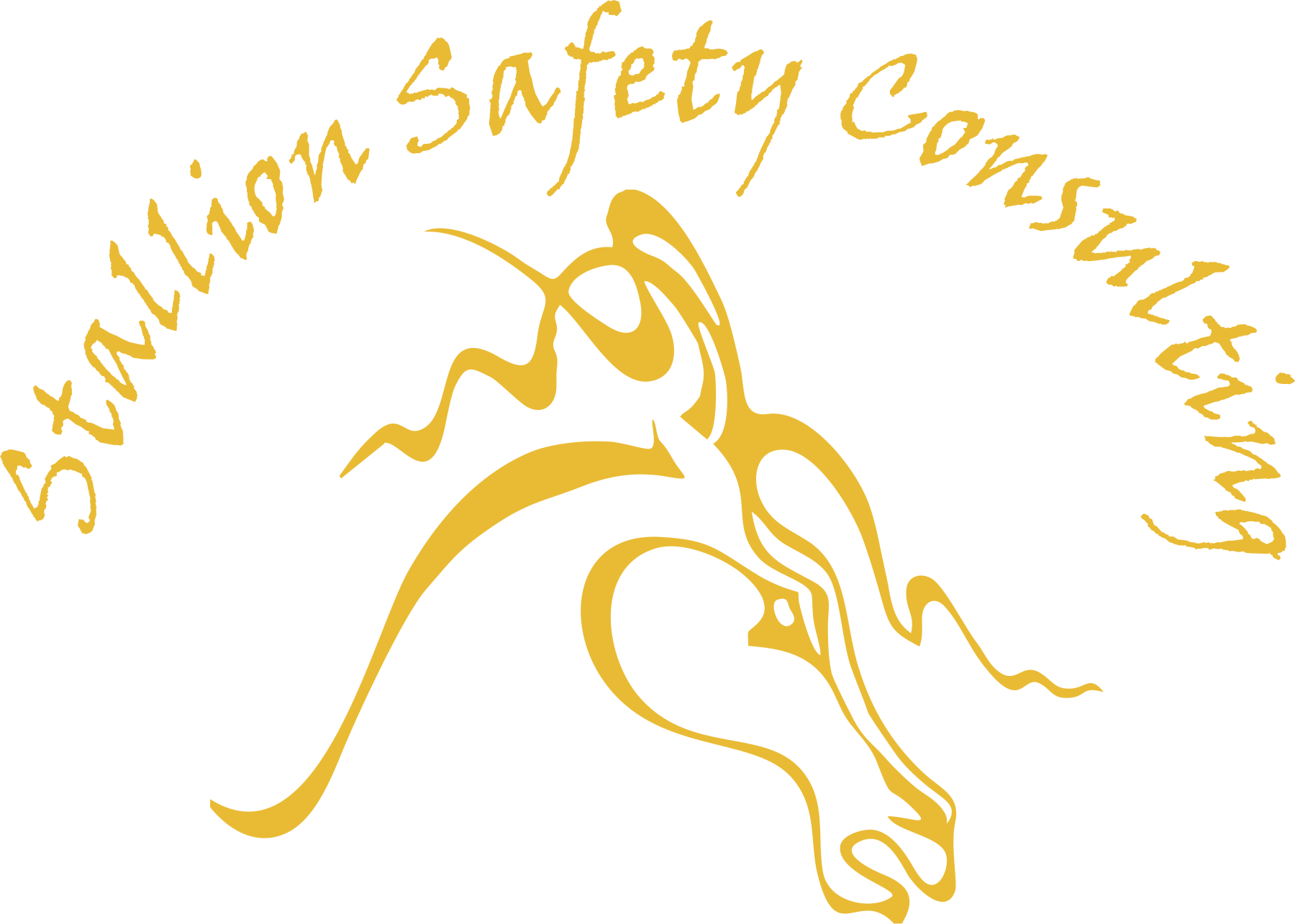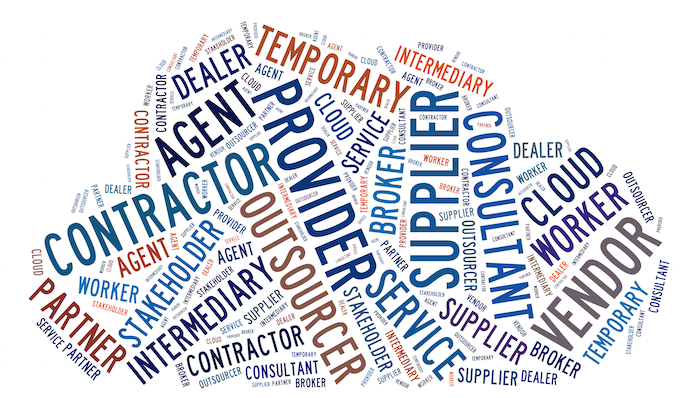Organizations rely heavily on their third parties for improved profitability, faster time to market, competitive advantage, and decreased costs. However, third-party relationships come with multiple risks, including strategic, reputational, regulatory, information security, and financial risks. Penalties and reputational damage from non-compliance.
To minimize the impact of third-party risks on business performance and brand image, the scope of third-party management is expanding beyond traditional surveys and assessments for third-party risks and compliance. Companies are now taking more comprehensive steps to ensure that their third parties not only comply with regulations, avoid unethical practices, keep up a safe and healthy working environment, handle disruptions effectively, and sustain high quality and performance levels.
Third-party management is the process whereby companies monitor and manage interactions with all external parties with which it has a relationship.
Best Practices to Enhance Your Third-Party Management Program
- Manage and Assess Third-Party Risks: A good practice is to focus strongly on contracts that govern third-party relationships. A comprehensive and carefully written contract that outlines the rights and responsibilities of all parties can help you better manage third-party relationships.
- Conduct Third-Party Screening & Onboard: An effective third-party screening and due diligence program provides a better understanding of third parties which helps you choose the right company to work with. The third-party onboarding process is really the backbone of an effective third-party management. It helps capture complete third-party information along with the necessary certifications, contracts, and documents. Onboarding assessments are also needed to help determine the level of risk monitoring required for each supplier. Continuous third-party monitoring and screening is the key to helping companies make informed decisions about their third parties.
- Establish a Tone at the Top: The senior management are accountable for the risks in third-party relationships. It is their responsibility to create a culture of collaboration in the third-party relationship, while also identifying and controlling the risks that arise from such relationships.
- Evaluate the Effectiveness of the program: Evaluate the program at regular intervals to determine if potential risks are being identified and mitigated, if compliance requirements are being met, and if appropriate remediation actions are being carried out when red flags arise.



 CAD
CAD USD
USD